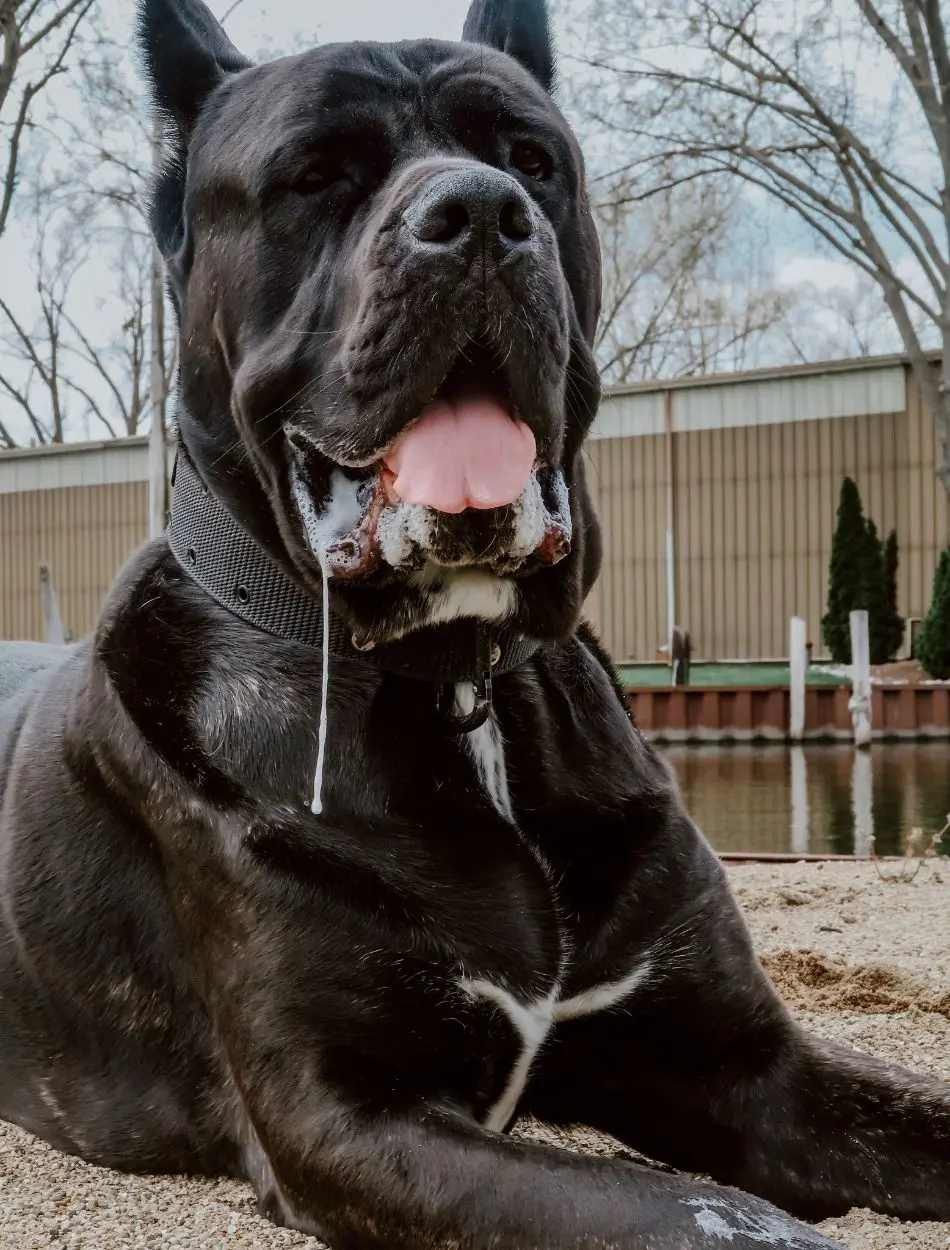How to Trim Your Dog’s Nails: Tips From Expert Groomers
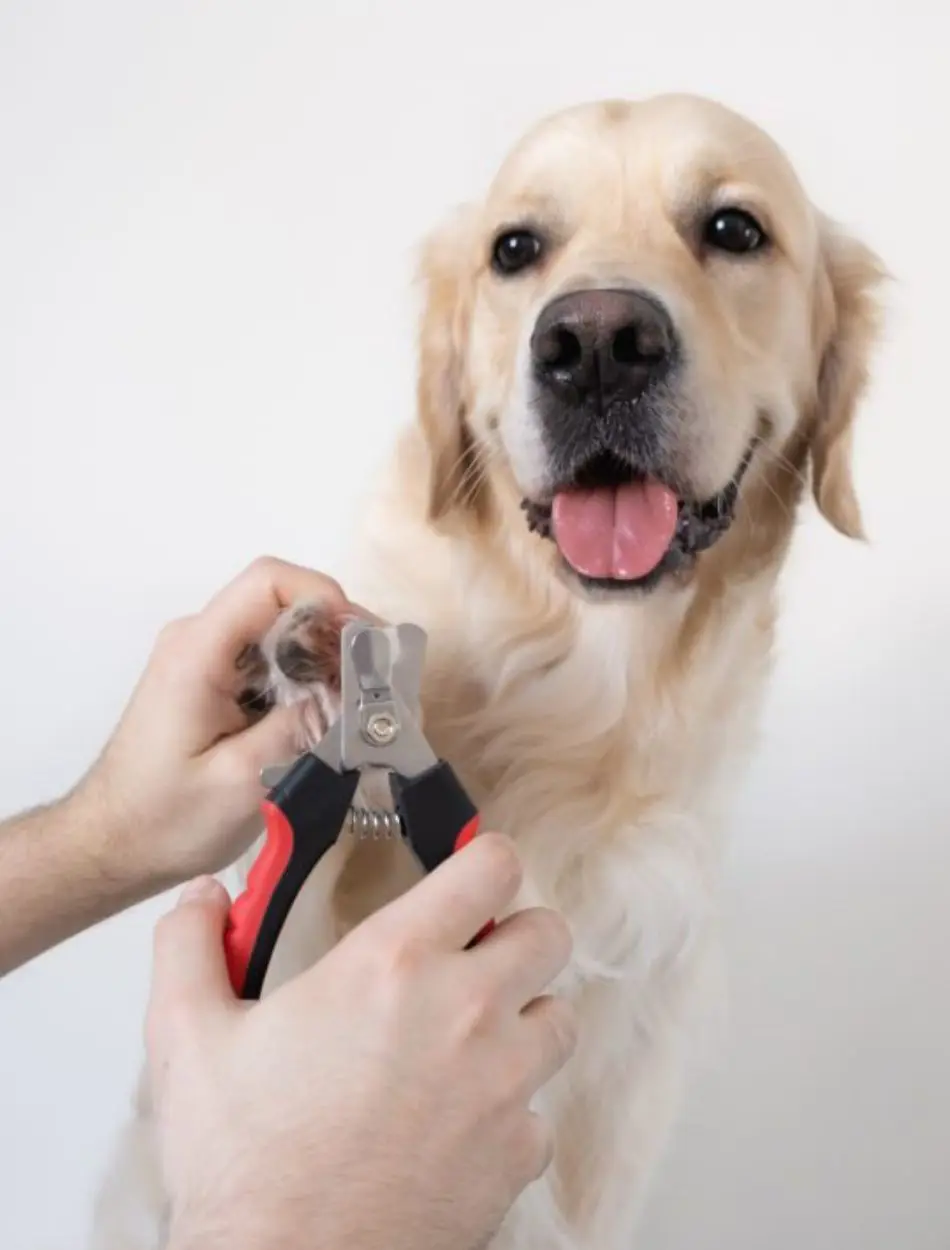
Trimming your dog’s nails is an essential aspect of their grooming routine and overall health. Regular nail maintenance can prevent discomfort, pain, and potential injuries.
However, the task can be daunting for many pet owners. This comprehensive guide will provide step-by-step instructions and professional tips to help you confidently and safely trim your dog’s nails.
Preparing for Nail Trimming
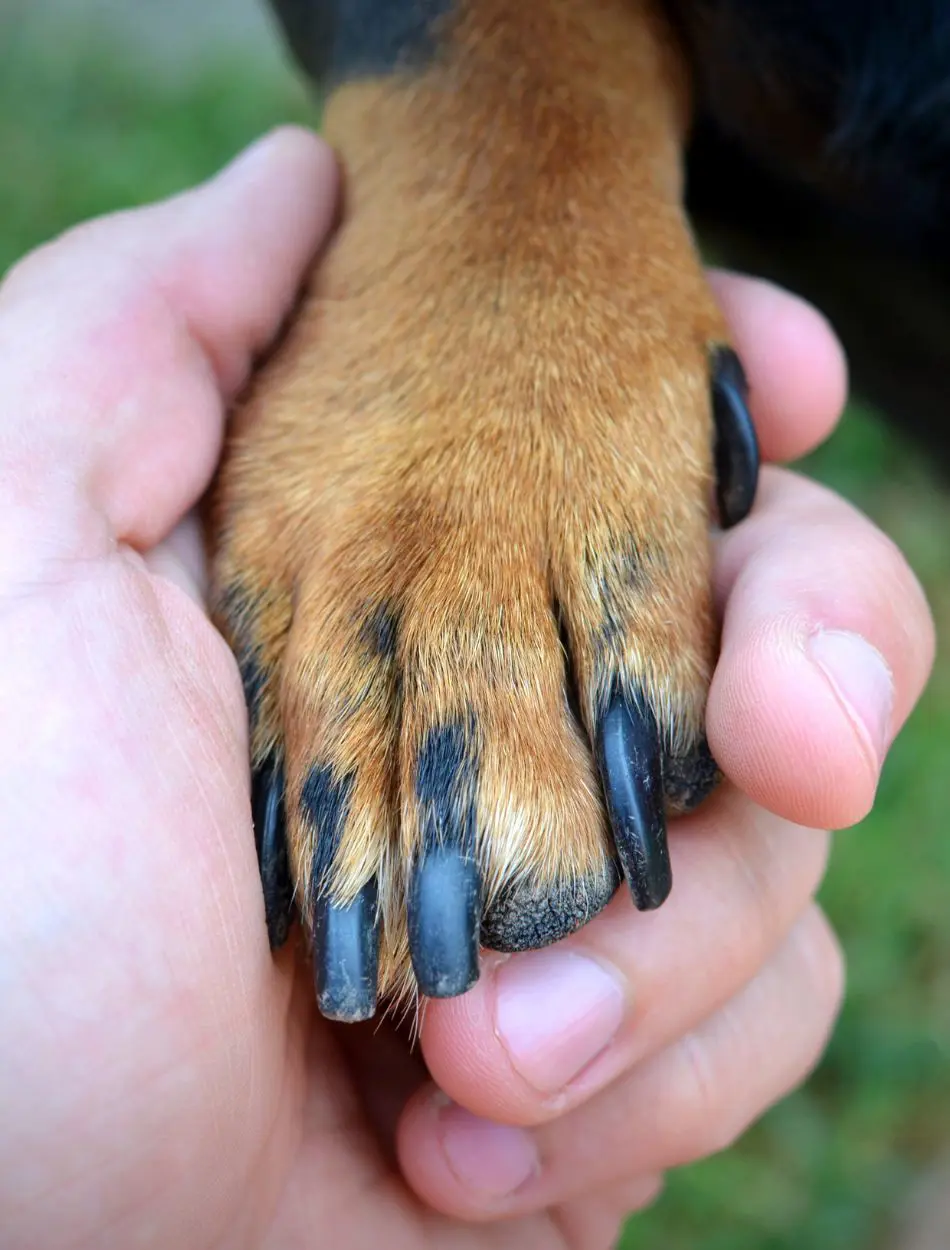
Preparing for nail trimming is crucial to ensuring a stress-free and successful experience for both you and your dog. Start by gathering the necessary tools: a high-quality pair of dog nail clippers, a nail grinder, and plenty of treats for positive reinforcement.
If your dog is new to nail trimming or is particularly anxious, spend some time desensitizing them in the process. Let them sniff the tools and gently handle their paws, rewarding calm behavior with treats and praise.
Create A Calm Environment
Creating a calm environment is essential for a successful and stress-free dog nail trimming session. Start by choosing a quiet, familiar space where your dog feels comfortable, such as a living room or a designated grooming area.
Position your dog in a way that makes them feel secure, whether it's in your lap for smaller dogs or on a non-slip mat for larger breeds. Speak in a soft, reassuring tone throughout the process, and offer treats to reward calm behavior.
Step By Step Process To Cut Dog Nails
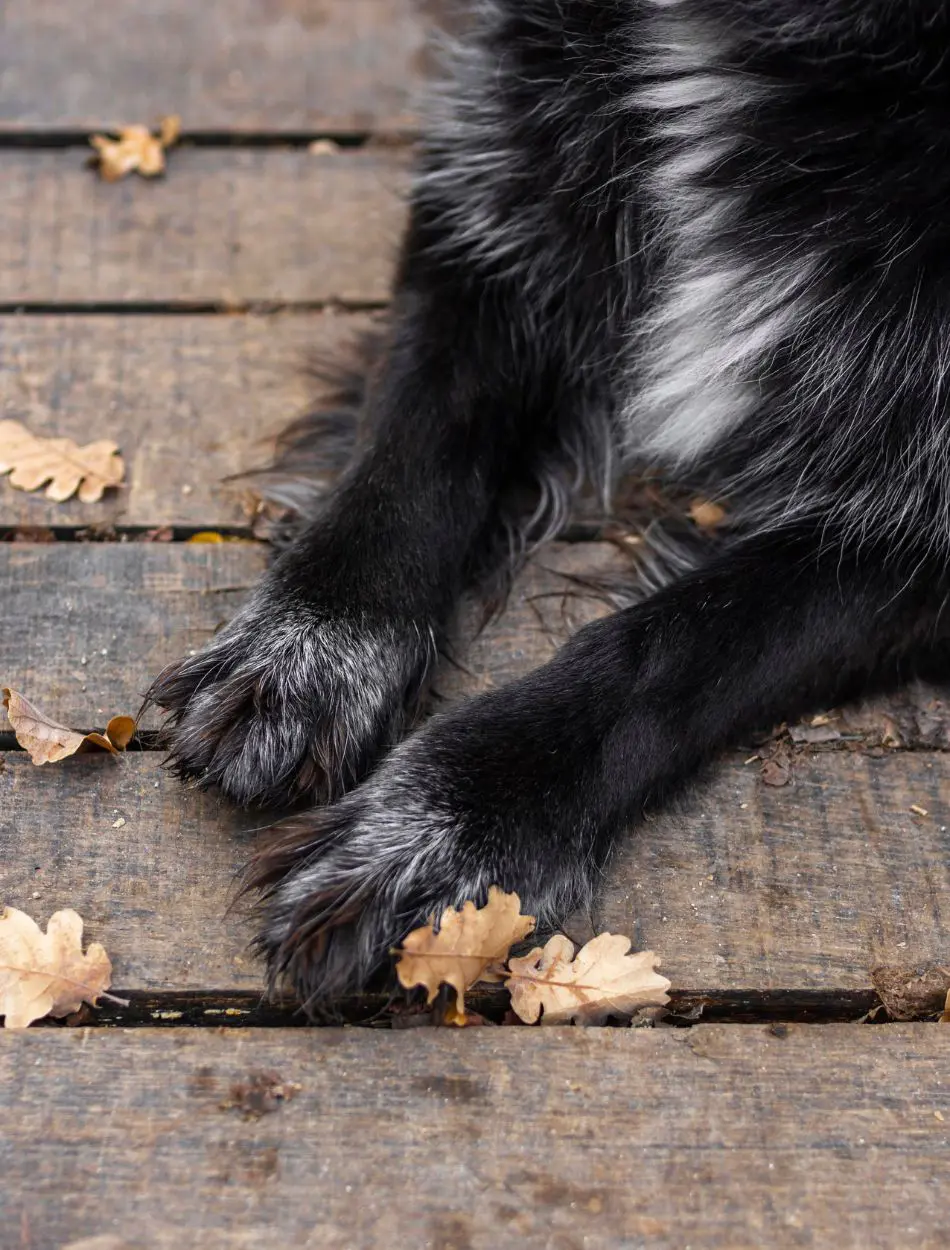
Now that you’re prepared, it’s time to trim your dog’s nails. Follow these steps to ensure a safe and effective trimming session.
Positioning Your Dog
Positioning your dog correctly is crucial for a successful trim. Depending on your dog’s size and temperament, you may need to try different positions.
- Small Dogs: Place your dog on a table or on your lap. Hold them gently but firmly to keep them steady.
- Large Dogs: Have your dog lie on their side or sit. You can also trim their nails while they’re standing, but make sure someone else can help keep them steady if needed.
- Nervous Dogs: Consider using a grooming sling or a muzzle if your dog is prone to biting or extreme anxiety.
Inspecting the Nails
Inspecting your dog’s nails before trimming is a crucial step to ensure a safe and effective grooming session. Begin by gently handling your dog’s paws, and examining each nail closely. Look for any signs of damage, such as cracks, splits, or unusual discoloration, which could indicate an underlying issue that might require veterinary attention.
Pay particular attention to the length of the nails; if they are curling or touching the ground, they need trimming.
Trimming the Nails
- Hold the Clipper Properly: Hold the clippers perpendicular to the nail to ensure a clean cut. Cutting at an angle can cause splintering.
- Start with Small Cuts: Begin by trimming a small section of the nail tip. Gradually work your way closer to the quick, especially with dark nails.
- Observe the Nail: After each cut, observe the cut surface. Stop when you see a black dot in the center of the nail or when the nail is close to the quick.
- File the Edges: Use a nail file or grinder to smooth out rough edges, making the nail less likely to snag on surfaces.
Dealing with Bleeding
Dealing with bleeding during a dog nail trimming session can be stressful, but knowing how to manage it will help you stay calm and handle the situation effectively. Press the powder directly onto the bleeding nail and hold it in place for a few seconds.
After the bleeding has stopped, avoid further trimming of that nail to prevent reopening the wound. Offer your dog a treat to reward them for their patience and to create a positive association despite the mishap.
Finishing Up
After you’ve trimmed all the nails, take a moment to reward your dog with treats and praise. This positive reinforcement helps them associate nail trimming with positive experiences, making future sessions easier.
Alternative Methods
If traditional nail clippers aren’t working for you or your dog, there are alternative methods and tools you can try.
Using a Nail Grinder
Using a nail grinder is a popular and safe alternative to traditional clippers for trimming your dog’s nails. A grinder, often referred to as a Dremel, gradually files down the nail, reducing the risk of accidentally cutting the quick, which can cause pain and bleeding.
Before starting, introduce the grinder to your dog slowly. Let them sniff it while it’s off, then turn it on so they can get used to the noise and vibration. Reward them with treats and praise for calm behavior to create a positive association with the tool.
Professional Grooming Services
If you’re uncomfortable trimming your dog’s nails yourself, or if your dog is particularly difficult, professional grooming services are a great alternative.
- Groomers are Experienced: Professional groomers are trained to handle all types of dogs and can trim nails quickly and safely.
- Less Stress for You: Handing over the task to a professional can relieve the stress and anxiety associated with nail trimming.
How Often You Should Trim Dogs Nail?
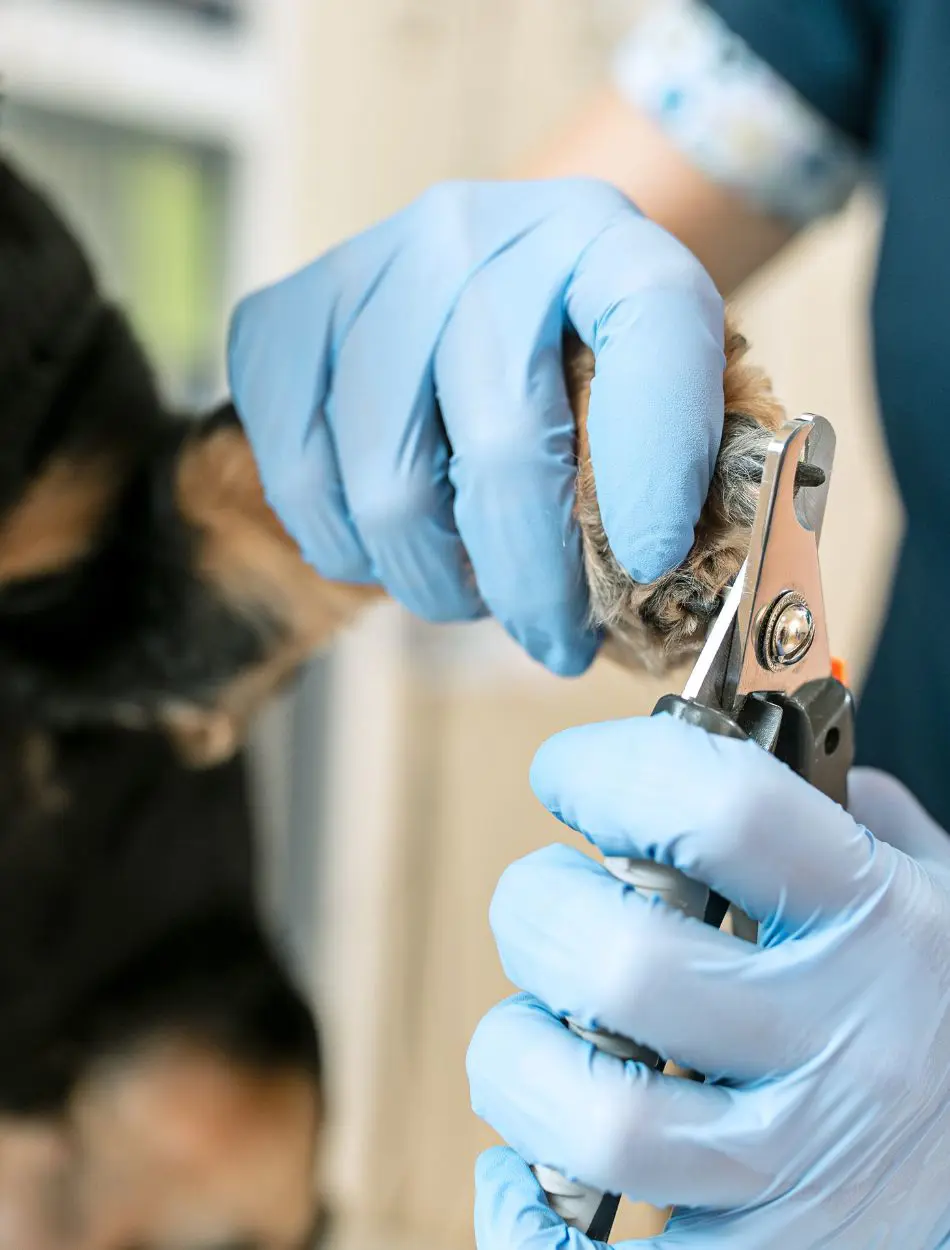
The frequency of trimming your dog's nails depends on several factors, including their activity level, nail growth rate, and the surfaces they walk on. Generally, most dogs need their nails trimmed every 3 to 4 weeks.
Active dogs that frequently walk or run on hard surfaces like concrete may naturally wear down their nails, reducing the need for frequent trimming every 6 to 8 weeks may suffice. In contrast, less active dogs that spend more time indoors or on soft surfaces might require more frequent trims, typically every 3 to 4 weeks, to prevent overgrowth.
Importance Of Nail Trimming
Nail trimming is crucial for your dog’s overall health and well-being. Overgrown nails can cause discomfort and pain as they force the dog to walk awkwardly, leading to joint and muscle stress. Long nails can also damage flooring and furniture, as well as lead to injuries like splits or cracks that can become infected.
Regular nail trimming helps prevent these issues by keeping nails at an optimal length, reducing the risk of nail-related injuries. Properly trimmed nails ensure that your dog walks comfortably, promoting better posture and balance. This is especially important for active dogs and those with joint or mobility issues, as excessive nail length can exacerbate existing problems.
It also helps prevent the nails from curling into the paw pads, a condition that can cause significant pain and require veterinary intervention.
Recent posts
Dogs
Why Is My Dog Panting? 18 Reasons For Breathing Fast
Dog owners, those in tune with their pets, can often notice a change in their companion’s behavior. When unwell or scared, some dogs hide while others seek solitude. Similarly, panting is a normal sign of tiredness or lethargy, but can also imp...
10 Reasons Behind Dogs Chewing And Licking Their Paws
Some of the most harmless behaviors dogs depict are chewing on their paws. But if this obsession catches onto your pup, well, that raises a couple of curious eyebrows. Your dog's tendency towards chewing and licking can affect general health and well...
18 Reasons Why Your Dog Is Not Eating
A skipped meal here or there is normal, but your dog consistently refusing food is the cause of concern. The reasons range from dietary issues to more serious health conditions and behavioral issues. The dog may be a picky eater or there might be som...
17 Causes Of Seizures In Dogs
Don't dismiss your pet dog's uncontrolled twitching movements as harmless shivering - you may be bearing witness to the classic signs of a seizure. These sudden and involuntary electrical disturbances can drastically impact a dog's health and even ch...
18 Reasons Why Your Dog Is Drooling So Much
While drooling in dogs is perfectly normal in certain situations, excessive or continued drooling may hint at a more serious issue that requires attention. Once you know the probable causes of this drooling in your dog, you can take some necessary st...
18 Reasons On Why Is My Dog Limping
A dog limping can be a cause of concern and cause stress to owners. It is not normal dog behavior and can be a sign of health problems in dogs. Understanding why your dog is limping is important to cure this problem. This article discusses 18 reasons...




